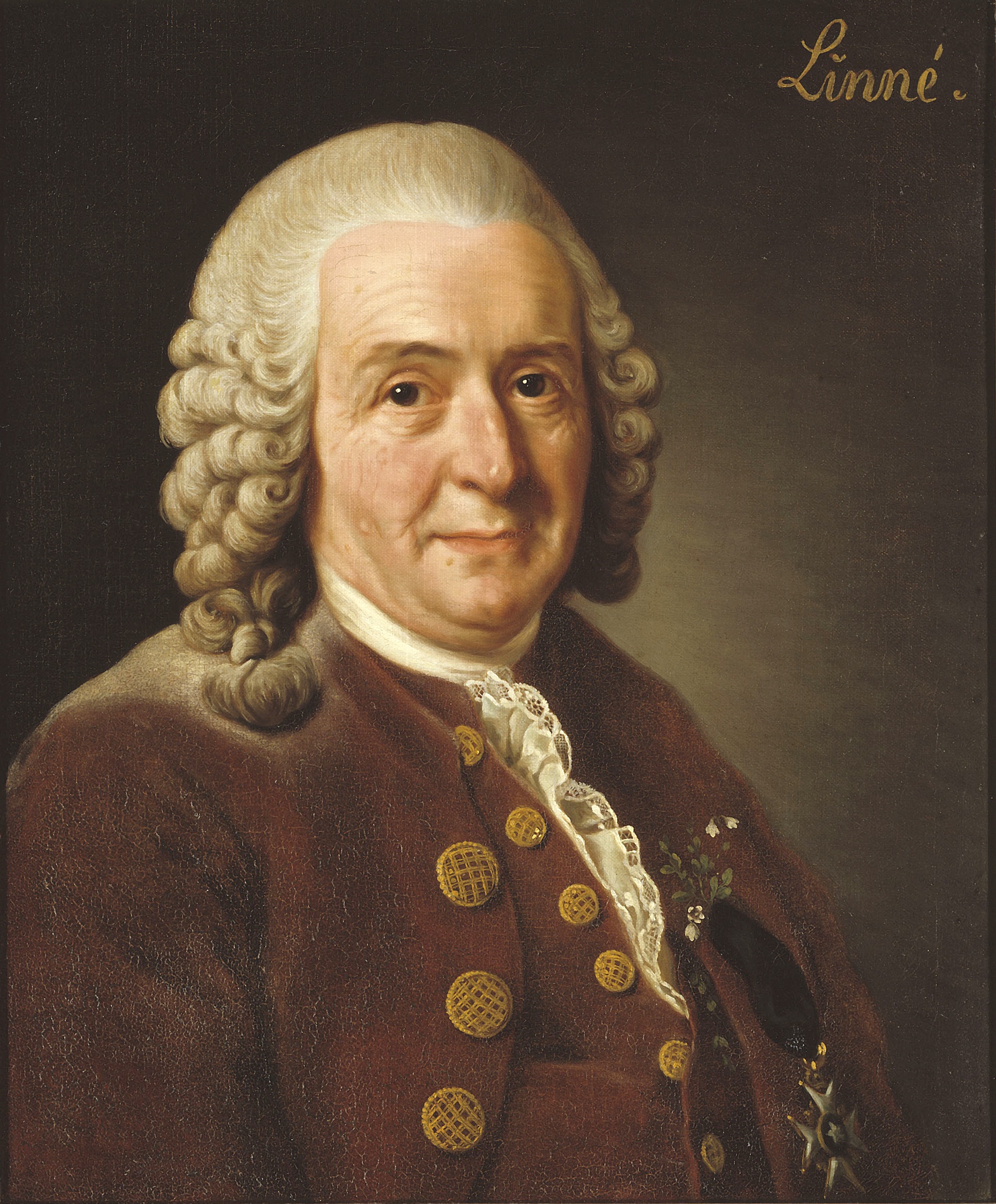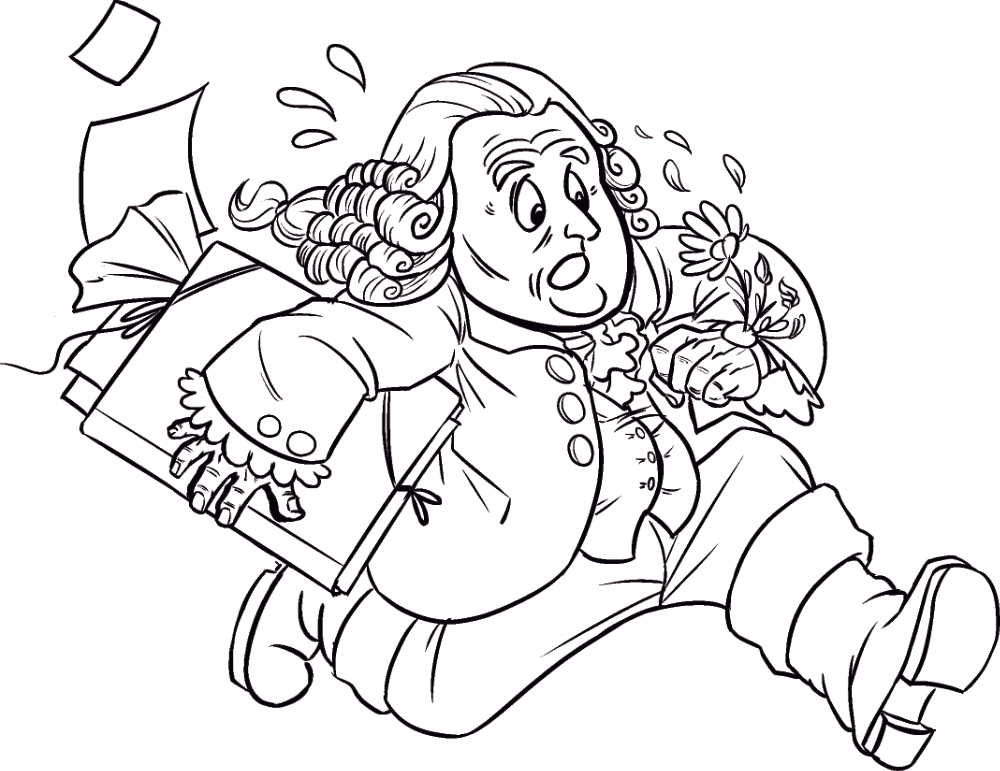Linnaeus: a “meta” scientist of his time
Linnaeus developed his own system of classification over many years. He settled on a «binomial» (two words) system that is still broadly used by scientists today to classify living organisms. His classification system changes over the years many times with the flow of new biological discoveries but the concept remains. Carl must have had a pretty strong character. For example, Linnaeus is thought to have given an ugly small and smelly flower, Buffonia, according to one of his famous colleague, the French botanist Georges-Louis Leclerc Buffon. To be fair, he also «rewarded» some of his friends that are still used commonly today, like Rudbeckia (to honor Olaus Rudbeck, one of his early support) or Banksia (to honor Joseph Banks, chief of one of Linnaeus expedition).

© National Portrait Gallery of Sweden
From Uppsala to Bern: a far-fetched connexion?
The most prominent scientist that is associated with the Botanical Garden of the Universtiy of Bern is undoubtly Albrecht von Haller (1708-1777). He was one of the most famous medical doctor, poet, zoologist, botanist, and often presented as the father of modern physiology. In 1742, he published one of the first Swiss flora. As it was common practice in these times, Haller was conducting important correspondence with many other scientists, including Linneaus. While the to characters were not exactly lacking some ego and was therefore pretty difficult at times. Haller was telling about Linnaeus that he «considered himself as a second Adam»... which might have been a bit more than a soft touch some 300 years ago. Despite that, Haller invited Linnaeus in 1738 to replace him at his chair in Goettingen while he was heading back in Switzerland and later recognized Linneaus has brought «the greatest change in the whole botany».

Linnaeus and his clock (Drawing: Mathilde Millot, 2022)
“Pimp my clock”
While their relationship was complicated, we could ask ourselves whether von Haller would be particularly happy to see in his very own garden the installation that his competitor was imagining? Surely, the Swiss version would be more precise!? The question remains: what would Carl think about that Swiss version of his conceptual floral clock?